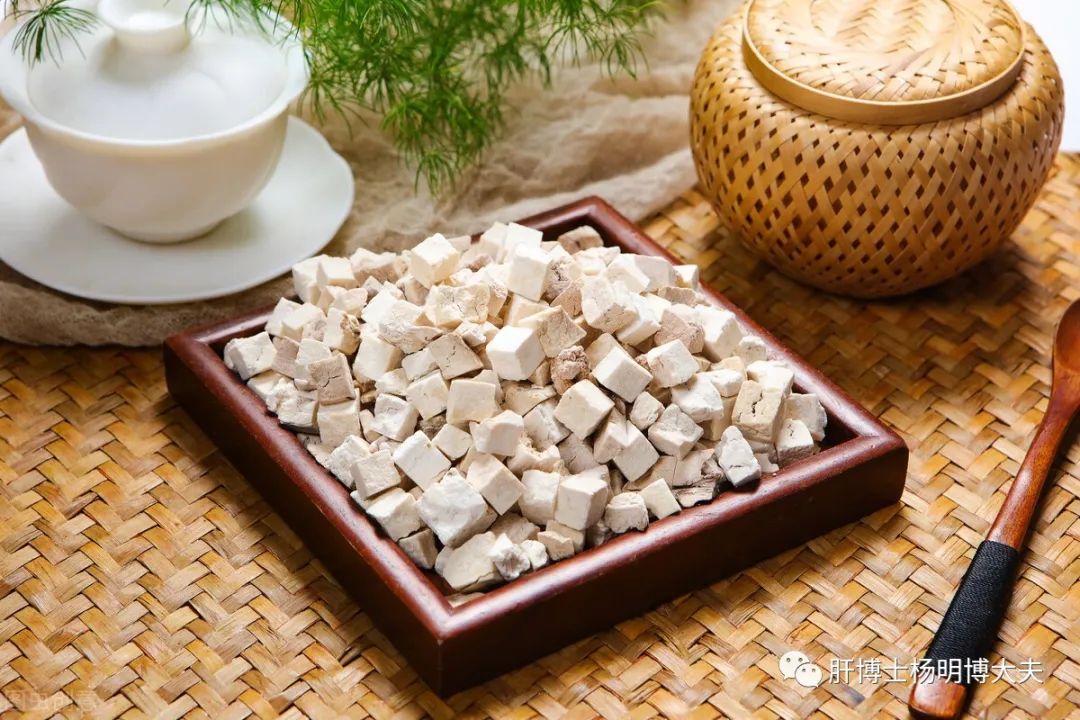In early spring, the yang energy rises, the cold retreats, and the rain gradually diminishes; the climate is pleasant,and the health principle emphasizes strengthening the spleen and eliminating dampness. As the temperature rises in spring, a light diet is recommended.According to “Yinshan Zhengyao”: “In spring, the temperature is warm, and it is advisable to eat wheat to cool down.” Traditional Chinese Medicine (TCM) believes that the spleen and stomach are the foundation of postnatal life and the source of qi and blood transformation. Li Dongyuan stated: “If the spleen and stomach are damaged, the original qi declines; if the original qi declines, a person will shorten their lifespan.” When the spleen and stomach function well, the body can fully absorb and utilize nutrients; conversely, poor function leads to inadequate nutrient absorption.
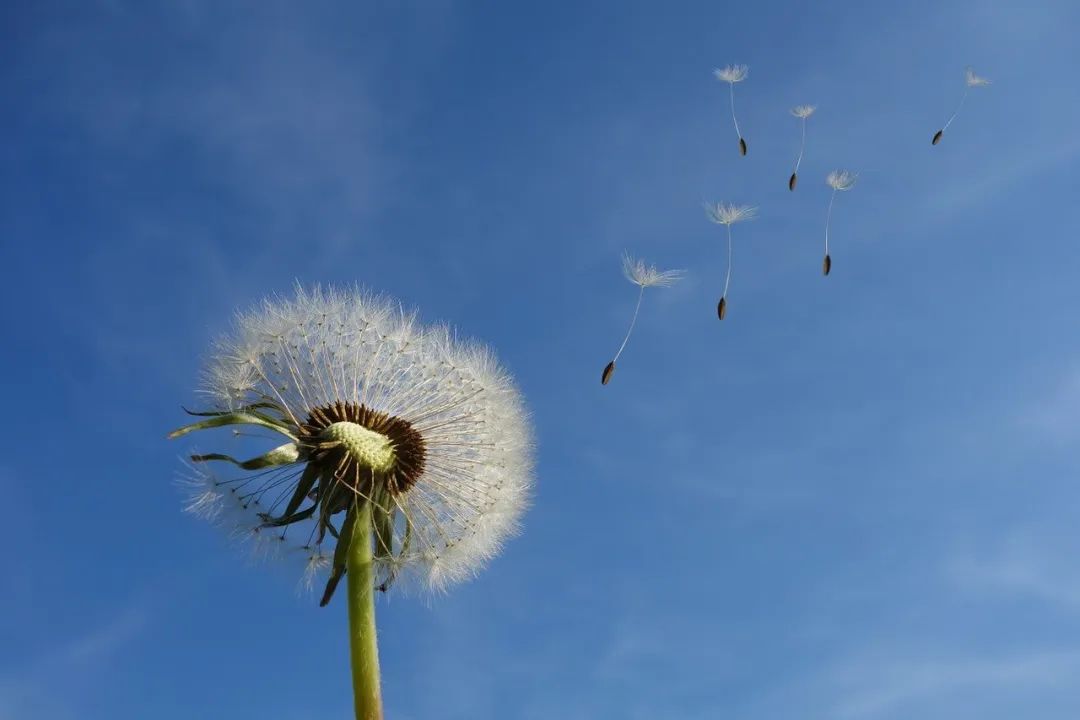
What is “dampness” in TCM?
In TCM, the spleen regulates the body’s moisture.
If the spleen is healthy, the body is less likely to suffer from dampness-related diseases; conversely, a deficiency in the spleen can lead to excessive dampness causing illness. Dampness can be categorized as internal and external.
Internal Dampness: Caused by excessive thinking, irregular lifestyle habits such as dietary indiscretion, leading to spleen deficiency.
External Dampness: When internal dampness leads to spleen deficiency, being in a humid environment (such as in spring) allows moisture in the air to invade the body, combining with internal dampness to harm health.

What are the manifestations of “heavy dampness”?
The spleen governs the transformation and transportation of moisture; if the spleen is deficient, it loses its ability to function properly, leading to stagnation of moisture in the body, with symptoms including loss of appetite, abdominal distension, loose stools, nausea, fatigue, edema, difficulty urinating, a white greasy tongue coating, and a slow pulse.
According to “Shengji Zonglu” Volume 44: “Spleen deficiency leads to cold, causing fullness in the heart and abdomen, inability to digest food, belching with sourness, vomiting, diarrhea, heavy limbs, excessive thinking, and aversion to human voices.”

The most common symptoms of heavy dampness include:
Excessive phlegm and cough
In spring, respiratory diseases are prevalent due to excessive phlegm obstructing the lungs, leading to cough and phlegm production. Additionally, phlegm dampness can stagnate the stomach, causing nausea and vomiting; phlegm dampness can also accumulate in the meridians and joints, resulting in heaviness in the limbs; and if phlegm dampness obstructs the head, it can cause dizziness.General fatigueIf dampness invades the exterior, it can obstruct the clear yang, preventing it from rising, leading to a feeling of heaviness in the head. Dampness can also block the meridians and joints, preventing yang energy from circulating, resulting in numbness of the skin and joint pain.Sticky and unsatisfactory stoolsDuring seasons of heavy dampness, many people feel their skin is sticky and uncomfortable due to the sticky and stagnant nature of dampness. Common symptoms include unformed stools, sticky and unsatisfactory bowel movements. Additionally, there may be difficulty urinating, a sticky mouth, a sweet taste, and a thick, greasy tongue coating.How to diagnose dampness?The basic symptoms of dampness can be summarized as follows:① A slippery and greasy tongue coating, either white or yellow, with a slow pulse, either soft or rough;② Heaviness in the head and body, or a feeling of tightness or pressure in the head, or joint pain and swelling;③ Sweating that does not penetrate, either stopping at the neck or waist;④ Swelling of the limbs or face, especially noticeable in the lower limbs, or the appearance of “puffy eyes”;⑤ A yellow or dull complexion, or jaundice;⑥ No thirst, or mild thirst with little water intake, or a preference for hot drinks, feeling uncomfortable after drinking water;⑦ Chest tightness, fullness in the stomach or abdomen, lack of appetite or awareness of hunger;⑧ Skin itching with eczema, or dampness in the scrotum causing rashes, or athlete’s foot;⑨ Difficulty urinating or cloudy urine with sediment, or white discharge;⑩ Loose, unformed stools, difficulty in bowel movements.It is not necessary to have all ten symptoms; if one or two or three or four symptoms are present, dampness should be considered.

How to eliminate dampness?
1. Reduce salt intake:
Excessive salt can cause water and sodium retention in the body, worsening dampness and leading to edema. It is recommended that daily salt intake should not exceed 6 grams.
2. Exercise
It is advisable to engage in activities such as jogging, brisk walking, or tai chi for about 60 minutes in the morning or evening.
3. Dietary adjustments:
Foods that promote dampness elimination, such as Job’s tears (Coix lacryma-jobi), fox nuts (Euryale fox), and red adzuki beans, can be added to porridge or rice at breakfast, lunch, and dinner; adding a few Sichuan peppercorns to soups can help eliminate turbidity.
4. Drink more water:
Eliminating dampness does not mean avoiding water; on the contrary, it is important to drink plenty of water. Water helps to flush out toxins and dampness from the body through excretion.
5. Ventilate the environment
Open windows for ventilation during sunny midday; consider purchasing dehumidifying boxes or using lime or charcoal in various corners of the home to help reduce environmental dampness.

Recommended Eight Foods to Eliminate Dampness
1. Job’s Tears (Coix lacryma-jobi)
According to the “Compendium of Materia Medica”, Job’s Tears: “Strengthens the spleen, benefits the stomach, clears heat from the lungs, dispels wind and dampness, nourishes the skin, and prolongs life.” Wang Mengying in “Dietary Records of Suixi” believes it “strengthens the spleen and benefits the stomach, nourishes the lungs and calms the liver—can be made into soup or steamed; can also be used in porridge or rice without any contraindications. However, it should not be consumed excessively as it may lead to constipation. It is particularly effective for pregnant women to avoid.”
Job’s Tears have diuretic, anti-edema, spleen-strengthening, and heat-clearing properties. It can be made into soup or porridge and is a great food therapy option; it is best used after being stir-fried.
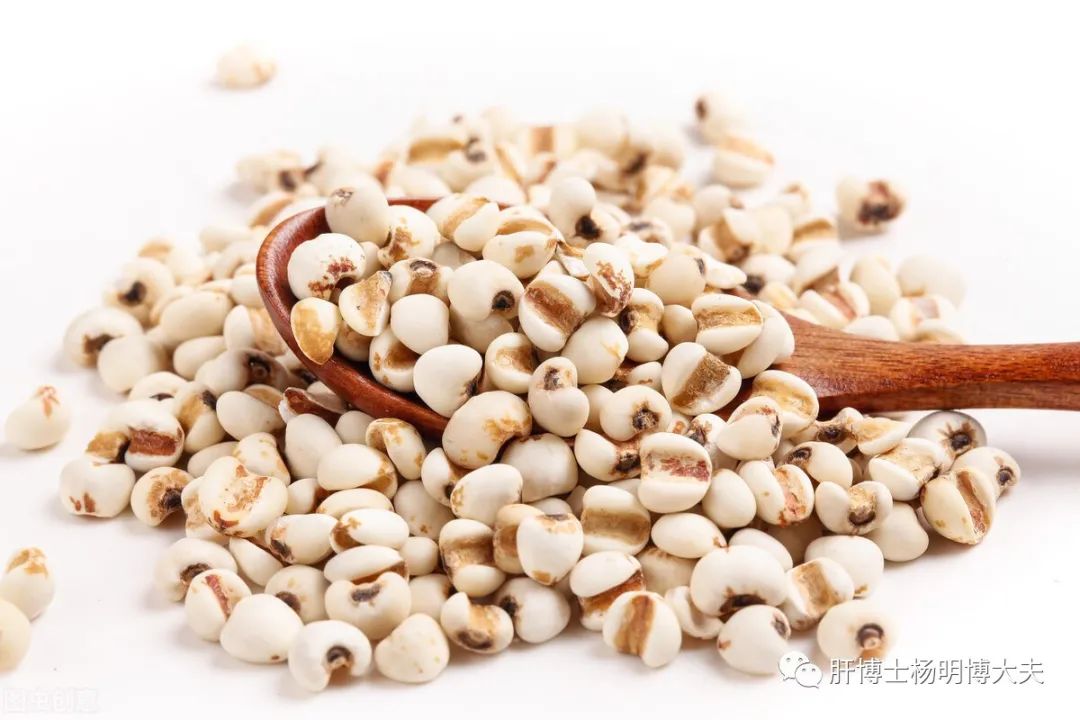
2. Red Adzuki Beans (Vigna angularis)
The 2020 edition of the “Chinese Pharmacopoeia” states: Red adzuki beans are sweet, sour, and neutral. They enter the heart and small intestine meridians. They have diuretic and anti-edema properties, detoxify and expel pus. They are used for edema, beriberi, jaundice, rheumatic heat, carbuncles, and abdominal pain. The saponins in red adzuki beans can stimulate the intestines, thus having a good diuretic effect. Additionally, red adzuki beans contain proteins, fats, and starch.
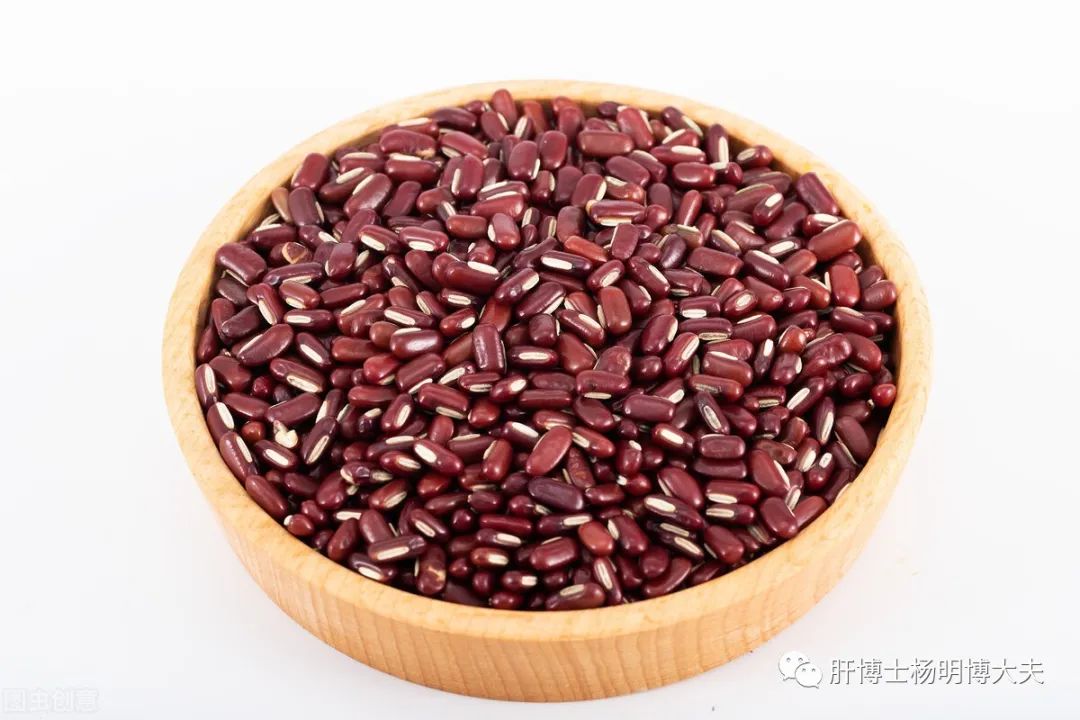
3. Dried Tangerine Peel (Chenpi)
According to “Essentials of Materia Medica”: (Dried tangerine peel) regulates the middle, promotes qi, dispels phlegm, benefits water, and opens the five organs, governing all diseases, all benefiting from its ability to dry dampness and regulate qi.
Dried tangerine peel has two special effects: drying dampness and regulating qi. It is particularly adept at transforming dampness in the middle jiao (spleen and stomach). As the saying goes, “an ounce of dried tangerine peel is worth an ounce of gold; aged dried tangerine peel is better than gold.”
Dried tangerine peel contains volatile oils, hesperidin, vitamin B, and vitamin C, making it suitable for conditions of abdominal fullness, indigestion, and loss of appetite. It also contains pectin, which can reduce the deposition of lipids in blood vessels, helping to prevent atherosclerosis. Dried tangerine peel has a unique aromatic flavor and can also improve sleep.
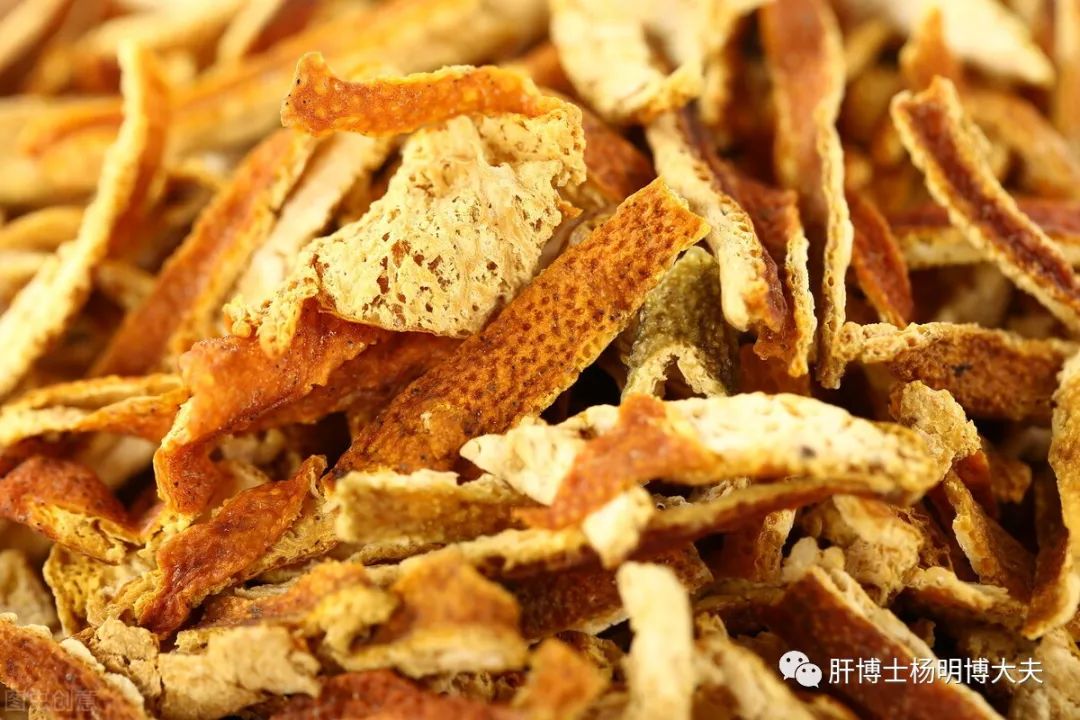
4. Winter Melon (Benincasa hispida)
Winter melon is slightly cold in nature and enters the bladder meridian, having diuretic effects. When made into soup, it should be consumed with plenty of water, thus aiding in diuresis. Winter melon contains certain propylene glycol acids, which effectively inhibit the conversion of carbohydrates into fats. Additionally, winter melon soup is high in water content, which enhances satiety and reduces the intake of functional components. Furthermore, winter melon is fat-free and low in calories, making it beneficial for weight loss.

5. Fox Nuts (Euryale fox)
Fox nuts are neutral in nature, sweet and astringent, and have the effects of tonifying the kidneys, astringing essence, strengthening the spleen, stopping diarrhea, promoting diuresis, and tonifying qi. In terms of strengthening the spleen and stomach, fox nuts can enhance digestive capacity and improve spleen function, while also alleviating spleen deficiency and regulating symptoms such as difficulty urinating and loose stools. In Su Dongpo’s health philosophy, the importance of consuming fox nuts is emphasized.
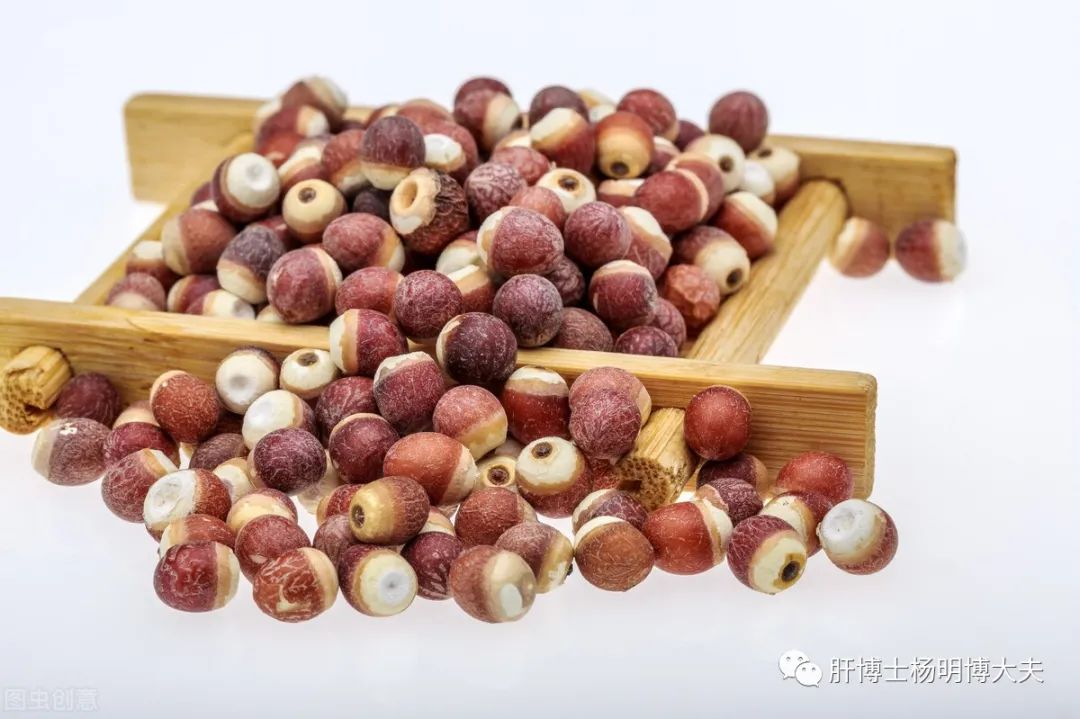
6. Lotus Leaf (Nelumbo nucifera)
“Lotus leaf reduces weight and makes one slim.” Lotus leaf has the effects of clearing heat, detoxifying, cooling the blood, and stopping bleeding. Modern research shows that lotus leaf also has lipid-lowering effects. The fragrant and delicate lotus leaf grows in water, is clear and green, and is rich in nutritional value, making it a great cooking ingredient to enhance flavor and reduce greasiness. Brewing lotus leaf tea has the effects of clearing heat, eliminating dampness, and cooling the blood.
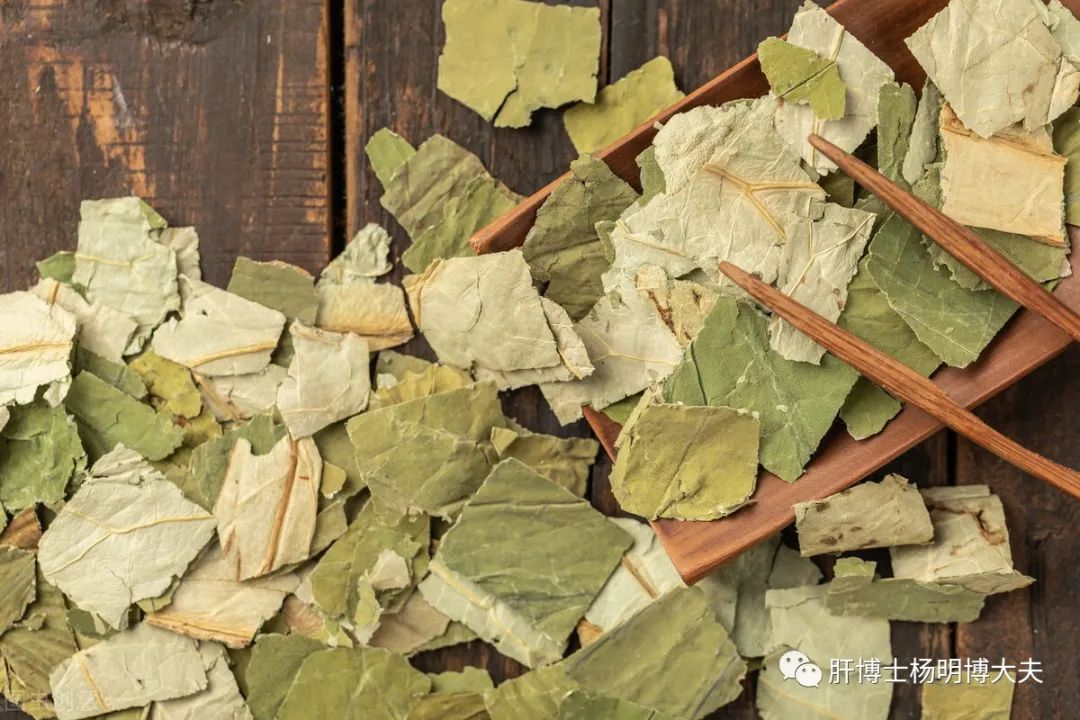
7. Chinese Yam (Dioscorea opposita)
Chinese yam is sweet and neutral, entering the spleen, lung, and kidney meridians. It has various effects such as strengthening the spleen, nourishing the lungs, solidifying the kidneys, and benefiting essence. According to “Dietary Records of Suixi”, it is believed that “cooking strengthens the spleen and kidneys, regulates bowel movements, strengthens muscles and bones, nourishes the body, dispels fog and dew, and clears empty heat. It can be used as food or in dishes. It does not require irrigation and is suitable for wide planting.”
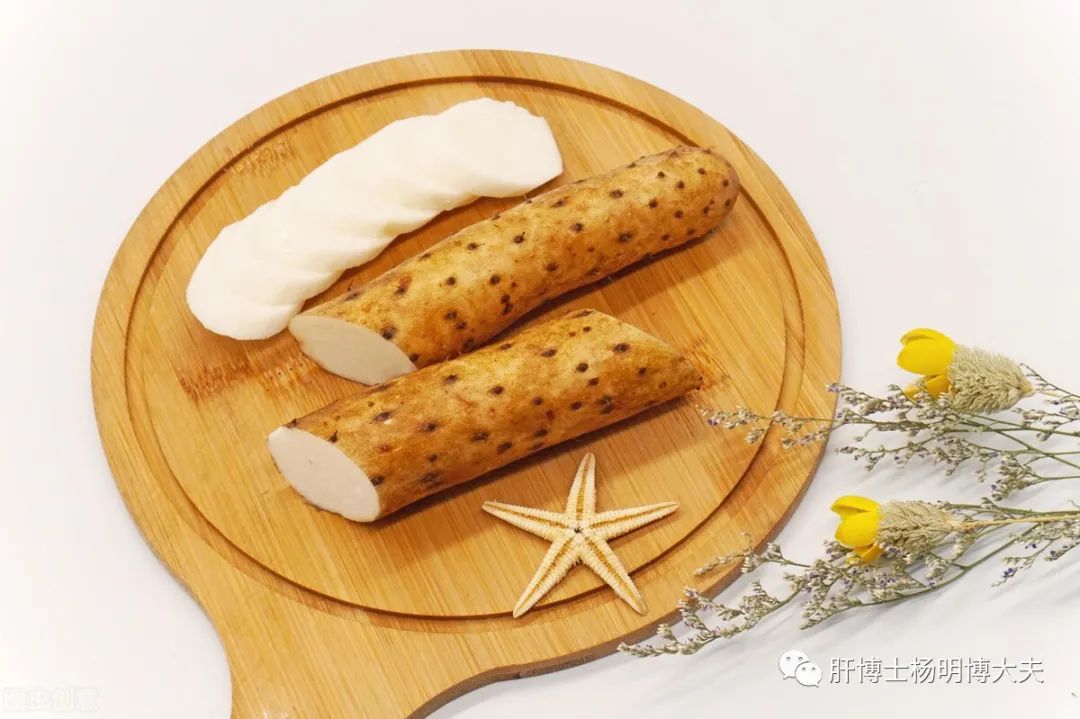
8. Poria (Poria cocos)
Poria is sweet and bland, neutral in nature, and enters the heart, lung, spleen, and kidney meridians. It has diuretic, damp-eliminating, spleen-strengthening, and calming effects. It is commonly used to treat edema, reduced urination, phlegm, dizziness, spleen deficiency with poor appetite, loose stools, anxiety, and insomnia. It is regarded as one of the “Eight Treasures” in Chinese medicine. Modern research shows that Poria has immunomodulatory, anti-tumor, and anti-aging pharmacological effects, making it an excellent choice for longevity, cognitive enhancement, and anti-aging. Poria is characterized by being tonifying without being harsh, diuretic without being aggressive. Its properties are mild, capable of both supporting the body and expelling pathogens, making it an essential herb for those with spleen deficiency and excessive dampness.
